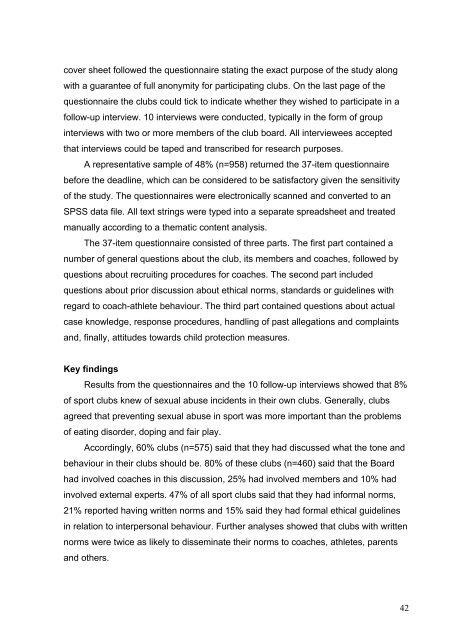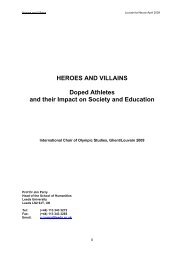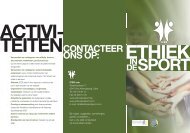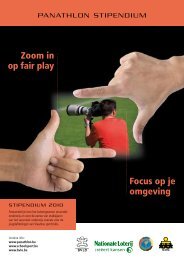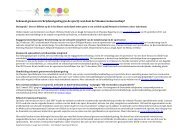Part 3 GLOBAL ISSUES: HARASSMENT AND ABUSE RESEARCH
Part 3 GLOBAL ISSUES: HARASSMENT AND ABUSE RESEARCH
Part 3 GLOBAL ISSUES: HARASSMENT AND ABUSE RESEARCH
You also want an ePaper? Increase the reach of your titles
YUMPU automatically turns print PDFs into web optimized ePapers that Google loves.
cover sheet followed the questionnaire stating the exact purpose of the study along<br />
with a guarantee of full anonymity for participating clubs. On the last page of the<br />
questionnaire the clubs could tick to indicate whether they wished to participate in a<br />
follow-up interview. 10 interviews were conducted, typically in the form of group<br />
interviews with two or more members of the club board. All interviewees accepted<br />
that interviews could be taped and transcribed for research purposes.<br />
A representative sample of 48% (n=958) returned the 37-item questionnaire<br />
before the deadline, which can be considered to be satisfactory given the sensitivity<br />
of the study. The questionnaires were electronically scanned and converted to an<br />
SPSS data file. All text strings were typed into a separate spreadsheet and treated<br />
manually according to a thematic content analysis.<br />
The 37-item questionnaire consisted of three parts. The first part contained a<br />
number of general questions about the club, its members and coaches, followed by<br />
questions about recruiting procedures for coaches. The second part included<br />
questions about prior discussion about ethical norms, standards or guidelines with<br />
regard to coach-athlete behaviour. The third part contained questions about actual<br />
case knowledge, response procedures, handling of past allegations and complaints<br />
and, finally, attitudes towards child protection measures.<br />
Key findings<br />
Results from the questionnaires and the 10 follow-up interviews showed that 8%<br />
of sport clubs knew of sexual abuse incidents in their own clubs. Generally, clubs<br />
agreed that preventing sexual abuse in sport was more important than the problems<br />
of eating disorder, doping and fair play.<br />
Accordingly, 60% clubs (n=575) said that they had discussed what the tone and<br />
behaviour in their clubs should be. 80% of these clubs (n=460) said that the Board<br />
had involved coaches in this discussion, 25% had involved members and 10% had<br />
involved external experts. 47% of all sport clubs said that they had informal norms,<br />
21% reported having written norms and 15% said they had formal ethical guidelines<br />
in relation to interpersonal behaviour. Further analyses showed that clubs with written<br />
norms were twice as likely to disseminate their norms to coaches, athletes, parents<br />
and others.<br />
42


